Avoiding Disappointing Filler Results
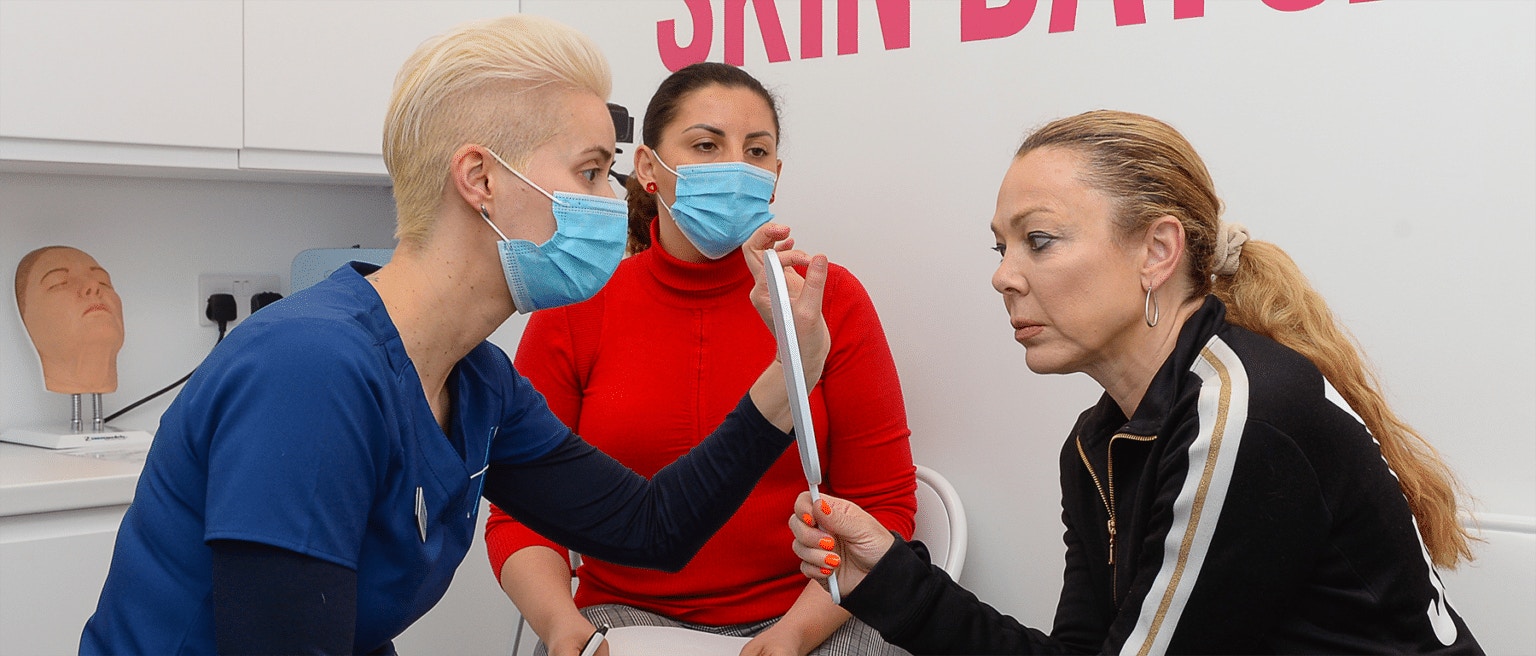
Occasionally you’ll find yourself managing disappointing filler results. This can be due to results not meeting either your patient’s expectations, or your own.
Whilst this should only happen very infrequently, when it does, it’s important to know how to react. If a patient is unhappy, you have a number of options open to you.
There are also many steps you can take to ensure their expectations are properly managed beforehand. Here we explore both sides of the coin with insight from well established aesthetics experts...
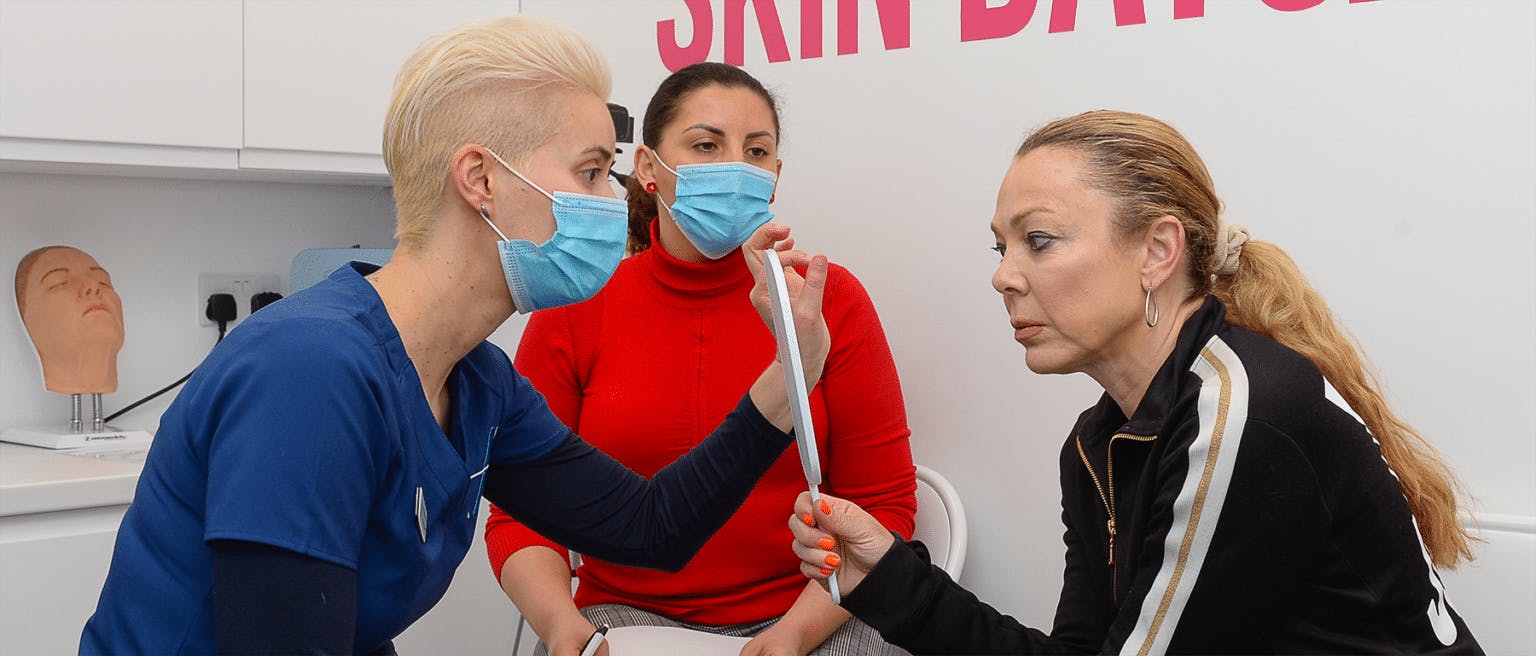
MANAGING NEGATIVE REACTIONS TO DERMAL FILLER RESULTS
- If your patient is underwhelmed by their outcome, advise them that you will assess them in 4-6 weeks and will be able to add more filler then, if desired.
- Should your patient believe they have been overfilled, again, talk to them about waiting for four weeks to ensure they are not confusing swelling with overfilling. Dissolving can be done at this later appointment if the patient is still unhappy. Ensure they are aware that this will reverse the treatment completely – you cannot take out a specific amount. Also, remember to advise them that hyaluronidase disperses under the skin and may therefore affect any existing fillers they have in other areas. For example, if you are using Hyalase on cheek fillers and they have tear trough fillers, these may also be affected.
- Talk openly and frankly but kindly about their concerns, desired outcomes that had been discussed before treatment and what their goals are now. You cannot be held responsible if they moved the goalposts without telling you. You can, however, do whatever is in your power to get them the results they want, if you are comfortable doing so. Be empathetic but realistic in your conversations.
- If you feel the patient will be unhappy, whatever the outcome, you may wish to refuse further treatment. Decide what is in the best interest of your patient and your own reputation.
AVOIDING DISAPPOINTING FILLER RESULTS
It’s also good to know the precautions you can take to prevent your patient from anticipating a more impactful outcome than is realistic.
Here are some nuggets of expert advice from three highly experienced aesthetics specialists about avoiding disappointing filler results.
As you’ll see, the key to successful outcomes is very much in the consultation…
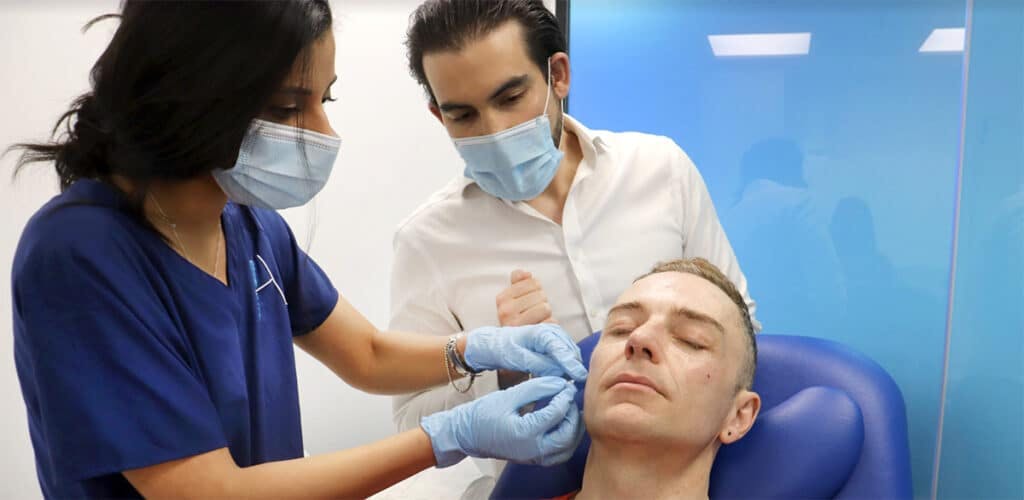
Consider the “skin envelope”
Dr Tristan Mehta, aesthetics specialist, founder and executive chairman of Harley Academy, co-founder of Comma and STORY clinics.
It’s so tough when this happens. Sometimes I have injected over 5mls and the patient has been underwhelmed.
I’ve learned that the “skin envelope” is an important factor with filler results. If the patient has quite loose, elastic skin it can be hard to get an immediate transformation just from increasing volume. Often skin treatments or improvements before filler can provide a better outcome.
Then there’s managing expectations. Make sure you and the patient are on the same page before seeing the outcome. This gets easier as you get better at predicting just how effective your filler treatments will be.
Be clear about what kind of filler results are achievable
Dr Emily MacGregor, aesthetics specialist, medical director at Harley Academy and co-founder of STORY clinics.
If a patient is careful about every pound they spend on aesthetics treatments, their expectations can be unrealistically high. The key is to be really clear before treatment about what is realistically achievable.
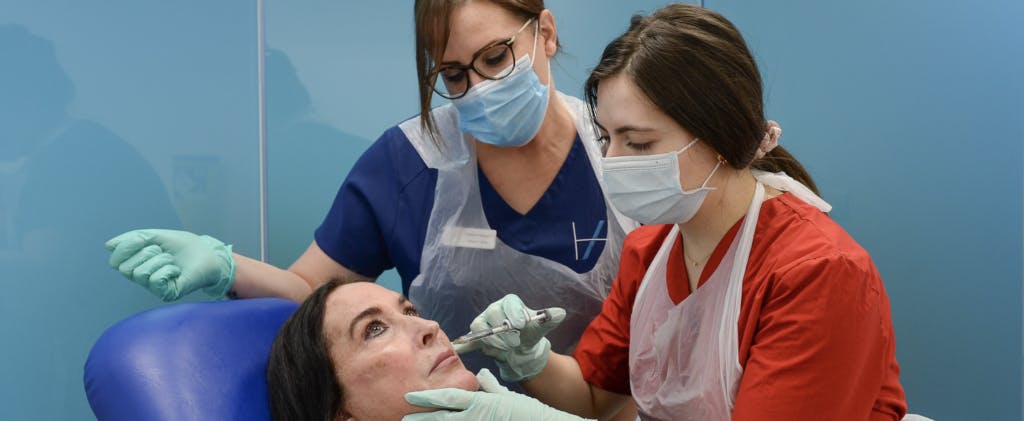
Always under promise and over deliver!
Natalie Haswell, aesthetics specialist nurse prescriber, senior clinical trainer at Harley Academy and owner of Haswell Aesthetics.
My top advice for managing disappointing filler results revolves around avoiding them occurring in the first place.
- Always under promise and over deliver!
- Be very careful in your communication and language with your patient, keep it professional and appropriate.
- A thorough 45-60 minute medical aesthetic consultation can help to reduce the risk of undesired results and unhappy patients. Rapport building is fundamental to desired outcomes. Trust must be built and present.
- If patients ask you to “remove” lines and folds stop them straight away and explain this cannot be guaranteed.
- It’s just as important to ask what a patient does not want, as it is to ask what aesthetic outcome they do want. Never assume you know, ask them to describe it so you can fully understand.
- Make sure you have a very clear consent form that your patient actually reads thoroughly.
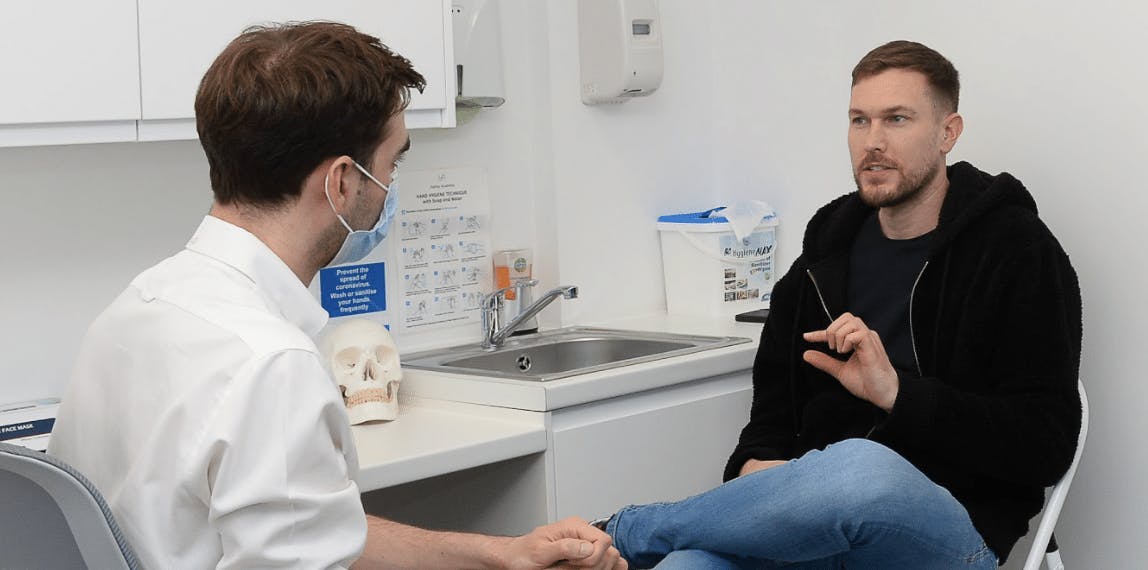
PRIORITISING PATIENT COMMUNICATION
Patient communication and being able to conduct a thorough clinical consultation are indispensable skills for all aesthetics practitioners. This is why they are a necessary focus of our Level 7 Diploma in Botox and Dermal Fillers.
This gold-standard qualification is not just about the anatomical and technical knowledge required to safely offer injectables. It also covers the emotional aspects involved and the communication necessary to connect with your patients. This is, more often than not, what will bring you the best results and satisfied, returning clients.
In addition to your regular Level 7 learning, if this is an area you wish to expand upon, simply ask your mentor during any hands-on session. They’re always happy to provide advice and professional insights from their own experiences as practicing aesthetics specialists.
We hope you find this advice helpful and that by understanding how to prevent such situations, you don’t find yourself having to manage unhappy patients very often!
All information correct at the time of publication
Download our full prospectus
Browse all our injectables, dermal fillers and cosmetic dermatology courses in one document
By submitting this form, you agree to receive marketing about our products, events, promotions and exclusive content. Consent is not a condition of purchase, and no purchase is necessary. Message frequency varies. View our Privacy Policy and Terms & Conditions
Attend our FREE open evening
If you're not sure which course is right for you, let us help
Join us online or in-person at our free open evening to learn more
Our Partners













STAY INFORMED
Sign up to receive industry news, careers advice, special offers and information on Harley Academy courses and services

